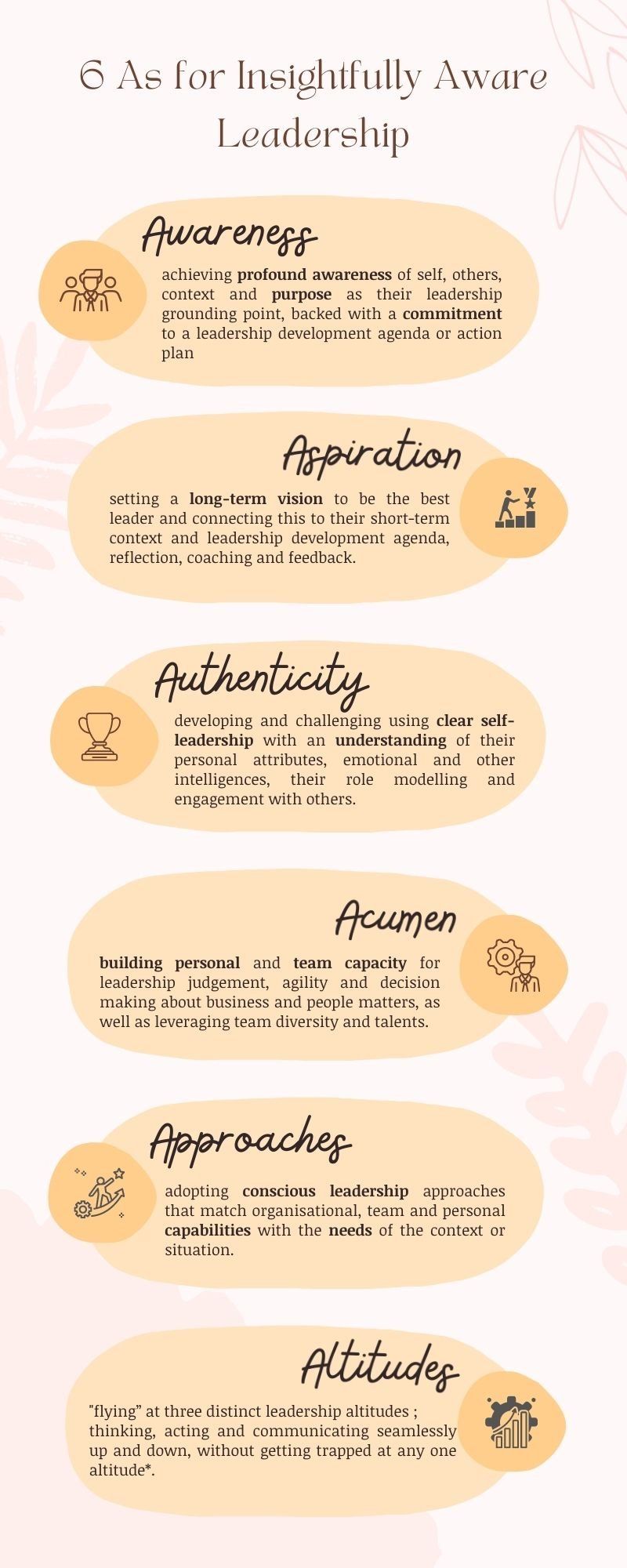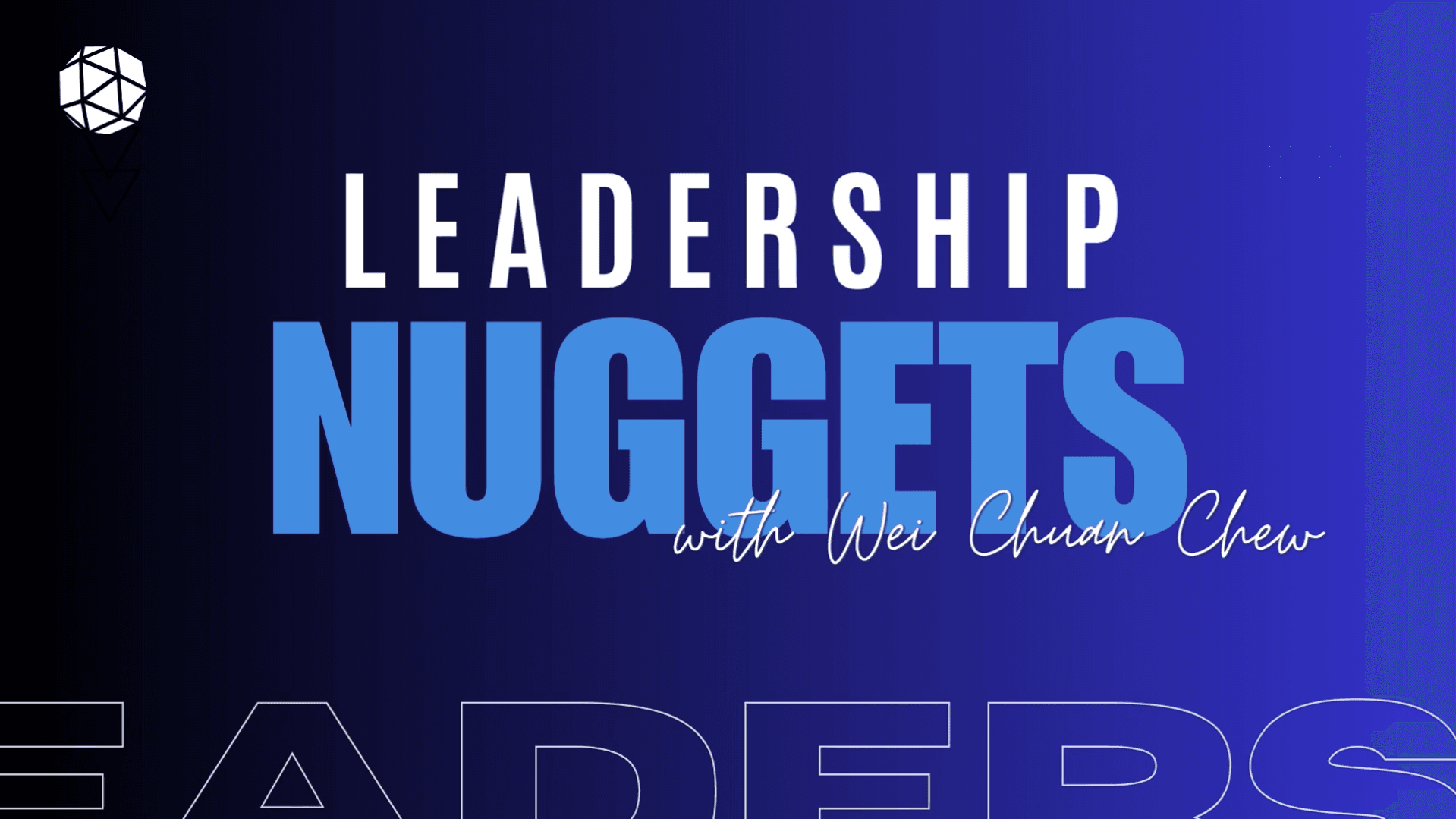Leadership Is A Journey, Not A Destination

Image from Freepik.com
Every context requires different talents and skills, so leaders must stay deeply aware and learn to adjust themselves along the way.
Whether you are a leader of today or tomorrow – and no matter your field – thinking consciously about leadership is essential, as this will affect your choices, decisions, and performance.
In my research and teaching, I spend most of my time with very senior global C-suite executives taking courses like INSEAD’s Advanced Management Programme. Yet, when we begin a deep conversation about leadership, I like to show these highly experienced executives a simple picture of pathways in the forest.
All pathways are a little bit different. You may chance upon rock, stone, sand, grass or paving. Some pathways crisscross, some split off in multiple directions. Some pathways are easy, some are hard, and some are blocked. This metaphor of forest pathways represents one of the most fundamental insights about leadership: Leadership is a journey, not a destination.
We never actually arrive at the destination of being the very best leader that we can be. We should aspire to this, but this vision is ahead of us as our journey continues. This is not a solo journey. We make pathway decisions about the people we lead, our organisations and ourselves. There may be decisions about a new career opportunity, a new country to work in, a new organisation or a new industry.
Every time we make these decisions, it sets us on a new pathway. Our leadership and career journey only has stopovers. On a pathway, we can also suddenly face disruption, like technology, or an industry-altering business model, which completely changes the way ahead.
Read More: Leadership in 2022 and Beyond
Well beyond VUCA
Understanding these ideas is even more important in the 21st century, a time when the leadership journey gets increasingly challenging. We are well beyond the acronym VUCA (Volatility, Uncertainty, Complexity and Ambiguity). We now need to add two Ds to the acronym to reflect the broader context of the journey ahead.
Everyone’s leadership journey will now be in the “D-VUCAD” world. At the front, overshadowing everything, is Disruption (whether in the form of technology, social change, industry reconfiguration or the like). We continue with VUCA. Finally, we add the reality of Diversity (including gender, cross-cultural and intergenerational).
In the D-VUCAD world, your leadership journey will include more frequent pathway changes, all of which should be navigated consciously.
A key finding in my research on leadership development, is that many leaders do not think consciously and actively enough about the new pathways they are embarking on when they make leadership or career changes. They re-use the same skills, capabilities and approaches, even when these do not match the new situation.
Take the example of John Little (not his real name), a very senior operating executive I worked with in a programme. John was an exceptional leader in crisis situations. He would frequently and successfully head crisis project teams in his firm. In such situations, he appropriately used an authoritative leadership style. He was clear, precise and energising, directing the people in his team in delivering the solution.
You May Like This: The Purposeful Leader
Context really matters
John was eventually promoted to lead a business unit responsible for operations in another country. This was a steady-state business with growth opportunities. He was entering a very different pathway, but he didn't consciously think about it. John told me that he felt pretty good about himself at the time. He’d just gotten a big promotion based on his track record. However, with no crisis in sight, he started to create some.
He continued to use the same directive leadership approach that had made him successful in the past. Twelve months later, he received his performance feedback. The feedback from his people was very clear: “You are a micromanaging, authoritarian dictator who never listens, consults or inspires others.” His crisis style didn’t suit his new pathway.
John accepted the feedback and adjusted his approach. He garnered a first and profound insight about leadership effectiveness: In the leadership journey, context really matters. He became more consciously aware of himself, other people, the context and the purpose of his leadership.
Leaders with “insightful awareness” understand their strengths and talents, as well as what will be their weaknesses in a given context. They understand what will drive or block them at different points of their leadership journey. They set themselves development objectives and priorities accordingly. This ensures that their “personal leadership agenda” stays dynamic.
This May Interest You: When Words Get In Our Way- How to Hang On To Your Equanimity
It is consciously re-assessed in light of the current and future situations. They then commit to making focused and dedicated changes, with reflection, practice, support and feedback. They confront hard questions such as: “Am I the right leader for this pathway?” and “Why am I doing what I’m doing on this pathway?”
Six As for insightfully aware leadership
Insightful leaders understand that the following six As can help them navigate their leadership journey:

Infographic by Leaderonomics: 6As for Insightfully Aware Leadership
• Awareness – achieving profound awareness of self, others, context and purpose as their leadership grounding point, backed with a commitment to a leadership development agenda or action plan.
• Aspiration – setting a long-term vision to be the best leader they can be, and connecting this to their short-term context and leadership development agenda, reflection, coaching and feedback.
• Authenticity – developing and challenging themselves using clear self-leadership with an understanding of their personal attributes, emotional and other intelligences, their role modelling and engagement with others.
• Acumen – building personal and team capacity for leadership judgement, agility and decision making about business and people matters, as well as leveraging team diversity and talents.
• Approaches – adopting conscious leadership approaches that match organisational, team and personal capabilities with the needs of the context or situation.
• Altitudes – “flying” at three distinct leadership altitudes: 50,000 feet (vision, strategic, external and organisational); 50 feet (execution, operational, teams and stakeholders); and 5 feet (self and very close personal relations with others). Thinking, acting and communicating seamlessly up and down, without getting trapped at any one altitude*.
In the D-VUCAD world, building on these As allows insightful leaders to harness the specific capabilities their teams, their organisations, their context and they themselves need.
These capabilities might include a combination of: Competitiveness (e.g. goal setting and technical skills); Creativity (e.g. innovation and curiosity); Collaboration (e.g. teaming and engagement); Control (e.g. planning and risk mitigation); Cognitions (utilising different kinds of thinking capacities and multiple perspectives); and effective Communication (intrapersonal, interpersonal, group and public).
Capabilities are not emphasised blindly. Insightfully aware leaders emphasise the capabilities required to achieve specific strategic or operational outcomes at the time or in the future. This is how they succeed on the pathway. For example, a leader in a critical operations role might emphasise control capabilities like implementation and risk management. Meanwhile, a leader developing innovative products or services might emphasise more creative capabilities such as brainstorming or ideation.
Our unconscious is filled with drivers and blockers. The key is to reflect on our leadership consciously, and in context. Every leader’s journey is a personal one – with opportunities to seize and problems to face. Assess your passions, your motivations, your talents and your skills. Match these to the pathways ahead and adjust where needed. Always be “insightfully aware” as you challenge yourself to be the best leader you can be in the journey stages that you are sharing with others.
*For more information about the concept of leadership altitudes, see the INSEAD Knowledge Article, The Three Altitudes of Leadership.
If you want to read more on the topic above, there is a good compilation of articles in this amazing learning app called Necole. Necole is a state of the art learning platform that curates personalised learning just for you.
To find out more about Necole, click here or email info@leaderonomics.com

This article is republished courtesy of INSEAD Knowledge. Copyright INSEAD 2022.
Leadership




